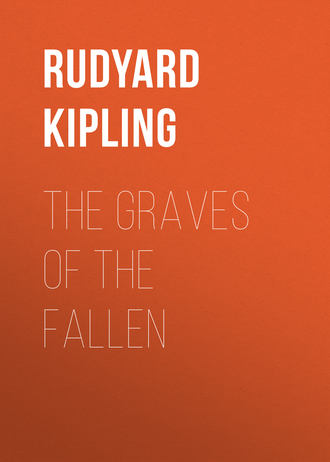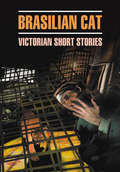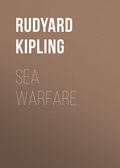
Редьярд Джозеф Киплинг
The Graves of the Fallen
The Graves of the Fallen
Note
This Descriptive Account of the work of the Imperial War Graves Commission was written by Mr. Rudyard Kipling at the Commission’s request.
What the Commission is
T HE Commission consists of: —
The Secretary of State for War.
The Secretary of State for the Colonies.
The Secretary of State for India.
The First Commissioner of Works.
The Hon. Sir George Perley, K.C.M.G. (appointed by the Government of Canada).
The Right Hon. Andrew Fisher, P.C. (appointed by the Government of Australia).
The Hon. Sir Thomas Mackenzie, K.C.M.G. (appointed by the Government of New Zealand).
The Right Hon. W. P. Schreiner, P.C., K.C., C.M.G. (appointed by the Government of the Union of South Africa).
The Hon. Sir Edgar Bowring (appointed by the Government of Newfoundland).
and the following members who accepted the invitation to help in this work, and were appointed by Royal Warrant: —
Sir William Garstin, G.C.M.G., G.B.E.
Mr. Harry Gosling, C.H., J.P.
Mr. Rudyard Kipling.
General Sir C. F. N. Macready, G.C.M.G., K.C.B.
General Sir Herbert C. O. Plumer, G.C.B., G.C.M.G., G.C.V.O.
Admiral Sir Edmund S. Poë, G.C.V.O., K.C.B.
Major-General Fabian Ware, C.B., C.M.G.
All letters should be addressed to the Secretary, Imperial War Graves Commission, Winchester House, St. James’s Square, S.W. 1; and not to any individual member of the Commission.
Its History
T HE origin and development of the Imperial War Graves Commission is very simple. In the first days of the war the different armies engaged created organisations, under the direction of the War Office, to register, mark, and tend the graves of British soldiers, as well as to answer inquiries from relatives, and, where possible, to send them photographs of the graves. Later, a National Committee was constituted, which, on the suggestion of the Prince of Wales, who took a keen personal interest in the work, was expanded into an Imperial Commission, representing the Dominions, India, the Colonies, the fighting Services, Labour, the great public departments interested, and the British Red Cross, which latter had supplied, as it still does to a considerable extent, the funds for photographing and planting the graves.







